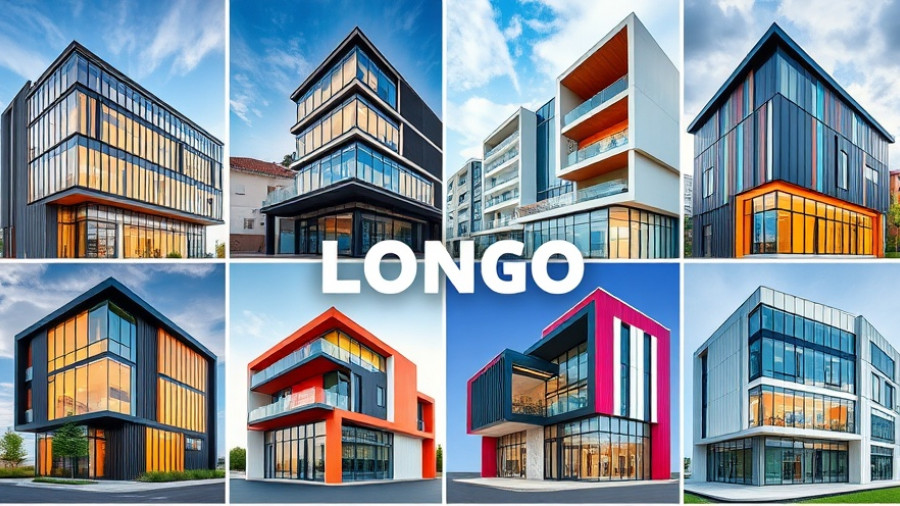
Exploring the Impact of AI and Automation on Modern Work
As technology continues to evolve, the conversation around the meaning of work is being redefined—especially through the lenses of artificial intelligence (AI) and automation. For business owners, property developers, and facility managers, grasping this new landscape is essential for future planning. The integration of AI tools in construction and management does not just promise efficiency; it challenges longstanding notions of job roles and responsibilities.
The New Definition of Employment in a Tech-Driven Market
The rise of AI and automation introduces a paradigm shift: work may no longer be solely about the tasks one performs, but rather how one can leverage these technologies for productivity. According to industry experts, companies adopting AI tools can significantly enhance decision-making processes and project management. As an example, AI algorithms now predict project costs and efficiencies, allowing for better planning and a reduced likelihood of overruns, ultimately benefiting cost-conscious businesses.
Personal Narratives: Voices from the Workforce
While the topic of AI in the workplace can appear daunting, the human experience behind it can paint a more nuanced picture. Interviews with employees affected by automation reveal a spectrum of feelings—from anxiety over potential job loss to excitement about new opportunities for professional growth. Sarah, a project manager at a construction firm, shares, "At first, I was worried that AI would replace my role, but now I see it as a tool that enables me to focus on strategic planning rather than repetitive tasks." Such positive adaptations highlight the potential for human flourishing even in a technology-driven future.
Considerations for Facility Managers and Business Owners
For those responsible for property development and facility management, the advent of AI offers not only challenges but opportunities. Understanding how to implement these technologies can improve operations, boost employee satisfaction, and enhance sustainability. It's crucial for business leaders to explore how adopting AI can optimize environments to foster health and well-being in their workforce. With the right tools, managers can create spaces that support the increasing demand for flexible work arrangements including remote and hybrid models.
Future Predictions: A Balanced Approach to AI Integration
The outlook for the next decade suggests a collaborative future where human creativity complements AI efficiency. Innovators advocate for a balanced approach to technology integration, emphasizing a focus on training and reskilling current employees. This is especially relevant to socially conscious businesses, which can lead by example, promoting employee engagement while adapting to technological advancements. Preparing for shifts in job roles is essential in steering the workforce towards meaningful and fulfilling work.
Final Thoughts on the Evolving Workspace
Understanding the impact of AI and automation on work will not only influence internal business strategies but will also shape communities as a whole. As we consider the implications of these technologies, let's engage in dialogue to forge a collaborative future where technology enhances human connections in the workplace. To all business owners, property developers, and facility managers: consider how these changes could redefine your strategies for growth and community involvement.
 Add Row
Add Row  Add
Add 




Write A Comment